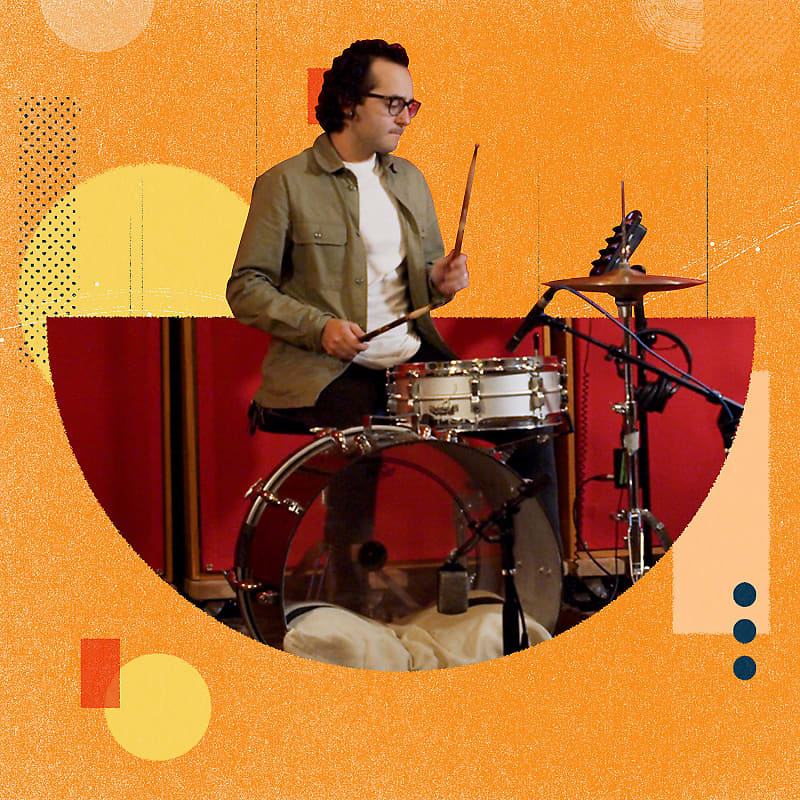On this week's episode of our What's That Sound series, Noam and Reuben attempt to replicate the drums on a classic album with plenty of sound and vision: David Bowie's 1977 avant-pop magnum opus Low.
Bowie famously moved to Berlin in 1976 to kick his drug addiction, and it was there that he teamed up with producers Tony Visconti and Brian Eno to record three LPs now collectively known as the Berlin Trilogy. The drummer on Low—the first of the three—was the late Dennis Davis, who first worked with The Thin White Duke on his 1975 single "Fame".
We kept the drums and mics minimal this time around: we miked a 70s Gretsch Kick with an AKG D12, pointed a Beyerdynamic 201 at a Ludwig Acrolite snare, and went with a pair of 15-inch Istanbul Agop hats. For our overhead and room mics, we used a single C12 built by Bill Bradley and a pair of AEA 840s (in X-Y pattern) respectively.
Much has been written about Visconti's iconic drum treatment on the album, which was famously sculpted using the Eventide H910 Harmonizer, one of the world's first digital effects processors. While we didn't have access to that exact unit, we achieved a similar sound with its younger sibling, the H949. The unit has a feedback control which feeds the pitch-shifted signal back into itself—each time it feeds back into itself, the pitch decreases and decays into sub-audio ranges.
That in mind, the challenge here was happening upon the right combinations of settings: if the pitch-shifter was set to a subtle half-step, it would take longer to decay down than it would if we widened it. The final product deceptively sounds like an aggressive gated reverb, which comes from clipping the D/A converters, contributing that artificial hard start-and-stop you hear on the snare (one of the reasons the snare is tuned so high). To temper the cymbals we ended up using a noise gate on the snare, and we added some subtle reverb to the processed sound courtesy of the Valhalla Room plugin. Finally, to recreate that fizzy hi-hat sound, we used the white noise circuit and envelopes from a Minimoog Model D.
How close did we get to the original? Watch the full video above and see how we did.

